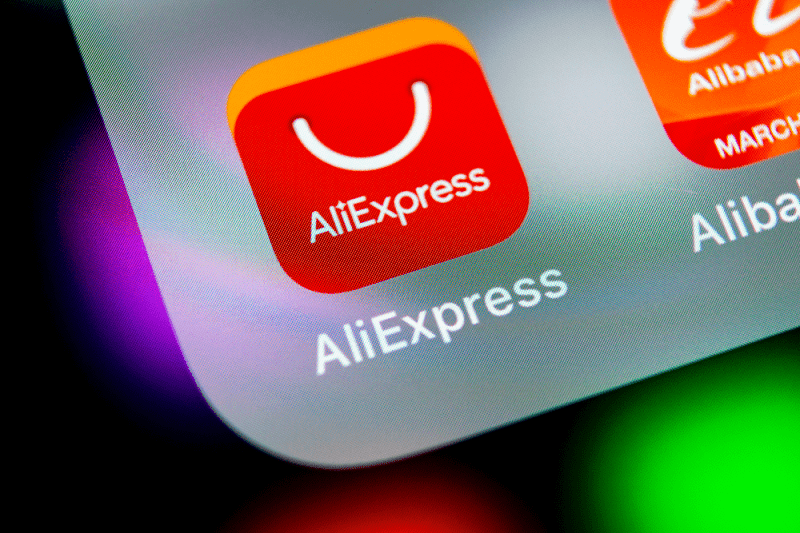In the vibrant and fast-paced realm of TikTok, the use of bots has become an increasingly pertinent topic for social media marketers and avid platform users alike. This blog post aims to demystify the concept of bots on TikTok, offering insights into their functionality, implications for engagement, and the broader consequences for the platform’s ecosystem.
Table of Contents
What Are Bots on TikTok?
Bots, in the context of TikTok, are automated software applications designed to perform specific tasks with minimal human intervention. Their roles on this platform can be incredibly varied – from automating likes and follows to simulating user interactions such as comments. While bots can serve functional purposes, such as handling repetitive tasks or providing automated responses, their misuse poses significant challenges and ethical concerns within the community.

The Functionality and Purpose of TikTok Bots
TikTok bots operate by replicating user activities to increase engagement metrics artificially. These programmed entities can be harnessed for multiple purposes:
- Enhancing Visibility: By automatically liking, following, or commenting on videos, bots can help elevate a user’s visibility and perceived popularity.
- Promoting Content: Bots may be used to disseminate content widely, aiming to boost reach and engagement rates artificially.
- Data Scraping: Some bots are designed to collect valuable data from user interactions and trends, which can be analyzed for market research and strategic planning.
However, it’s crucial to note that while bots can offer short-term gains in visibility and engagement, their usage can detract from the authenticity of user interactions and undermine trust in the platform.
Ethical and Operational Implications
The deployment of bots on TikTok carries implications that extend beyond mere metrics manipulation. Their widespread use can potentially skew the representation of what content is genuinely popular or engaging, leading to an uneven playing field where organic content might struggle to receive the attention it deserves. Furthermore, the presence of bots can disrupt the platform’s algorithm, designed to curate and recommend content based on genuine user preferences and behaviors.
TikTok’s policies explicitly prohibit the use of bots for artificial engagement. The platform employs sophisticated mechanisms to detect and mitigate bot-related activities. Users found utilizing these automated tools risk facing penalties, including account suspension or deletion, underscoring the importance of adhering to community guidelines and ethical standards.

Strategies for Authentic Engagement on TikTok
For social media marketers and TikTok users aiming to cultivate genuine engagement, several best practices can be employed:
- Content Quality: Focus on creating high-quality, captivating content that resonates with your target audience.
- Community Interaction: Engage authentically with other users by commenting, liking, and sharing content in a meaningful way.
- Consistent Posting: Maintain a regular posting schedule to build and retain a dedicated follower base.
- Trend Participation: Leverage trending hashtags and challenges to increase your content’s visibility naturally.
Conclusion
Bots on TikTok represent a complex issue, blurring the lines between technological innovation and ethical integrity. While the allure of quick gains in engagement and visibility might tempt some, the pursuit of authentic connections and content remains paramount for sustainable success on the platform. By focusing on genuine engagement strategies and adhering to TikTok’s community standards, users and marketers can navigate the ecosystem responsibly, ensuring a vibrant, equitable space for creative expression.
In the evolving digital landscape, understanding the intricacies of tools like bots is crucial for anyone looking to capitalize on social media platforms effectively. By fostering an environment of transparency and authenticity, the TikTok community can continue to thrive, driving forward innovation and connection in equal measure.
























